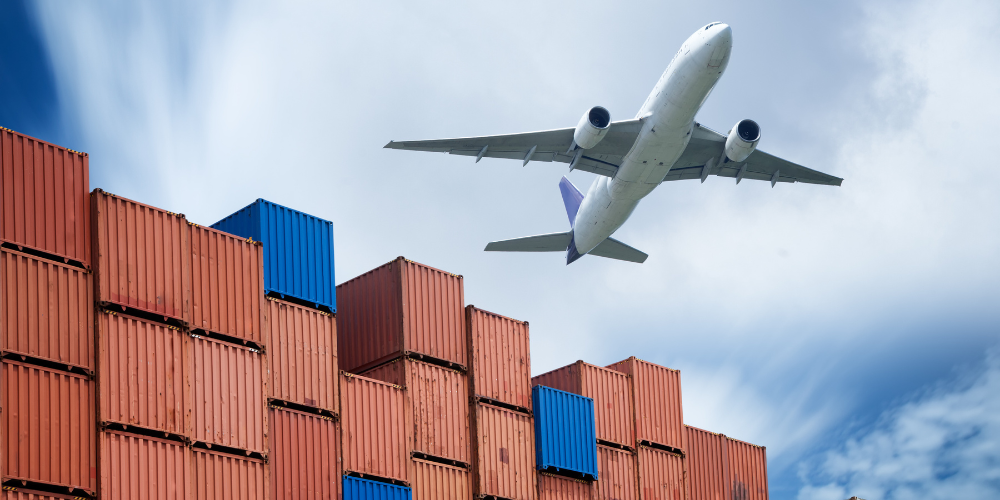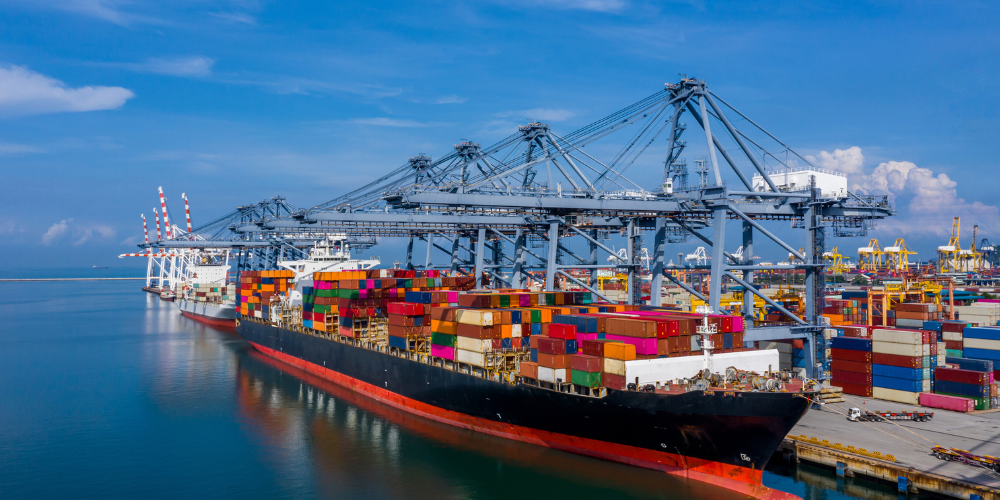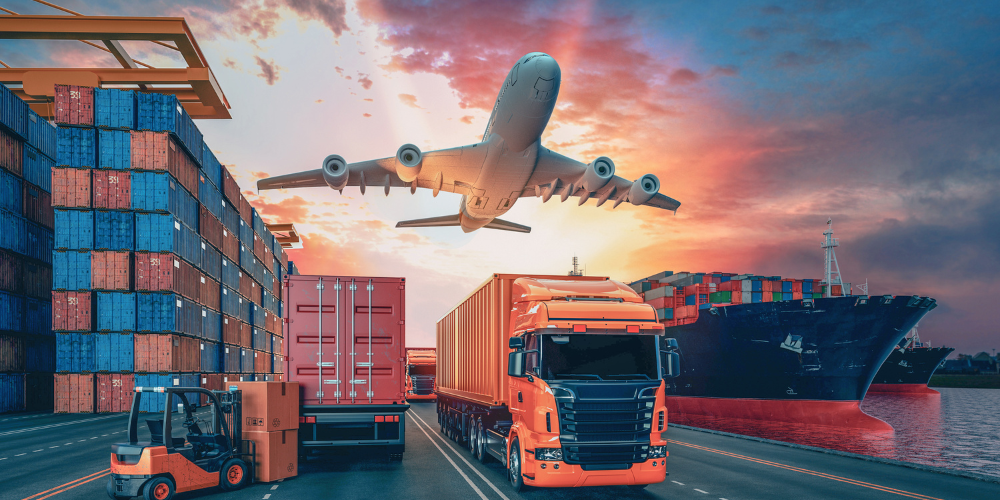Introduction:
Transportation plays a crucial role in the global economy by facilitating the movement of goods and services across vast distances. One concept that greatly influences the efficiency and profitability of transportation is value density. Value density refers to the value of a product or commodity relative to its weight and volume. By understanding and maximizing value density, businesses and economies can enhance transportation efficiency, reduce costs, and unlock economic benefits. This essay explores the significance of value density in transportation, highlighting examples that demonstrate its impact.
Body:
1. Importance of Value Density:
Value density is a critical factor in transportation as it determines the profitability and feasibility of transporting goods over long distances. Products with high value density, such as jewelry or electronics, contain a significant amount of value in a small volume, making them economically viable for long-distance transportation. Conversely, goods with low value density, such as bulk commodities like coal or grain, require large volumes to generate substantial value. Understanding value density helps businesses optimize their transportation strategies by identifying high-value products that yield greater returns per unit of weight or volume.
2. Efficient Use of Transport Capacity:
Value density enables the efficient utilization of transport capacity. By transporting high-value goods, which occupy less physical space relative to their value, transportation providers can maximize their revenue potential. For instance, air freight is often used to transport high-value, low-volume goods such as pharmaceuticals, perishable goods, or luxury items. The high value density of these products justifies the higher transportation costs associated with air freight, as the benefits outweigh the expenses.
3. Economies of Scale:
Value density also plays a significant role in achieving economies of scale in transportation. Consolidating shipments of goods with high value density allows for efficient utilization of transportation infrastructure. For example, shipping containers used in maritime transportation are designed to accommodate a range of goods, including high-value products like electronics and machinery. By grouping multiple shipments together, transportation costs per unit are reduced, benefiting both shippers and consumers.
4. Just-in-Time Manufacturing:
Value density influences the adoption of just-in-time (JIT) manufacturing strategies. JIT aims to minimize inventory costs by having goods delivered precisely when needed in the production process. High-value, low-volume products are well-suited for JIT practices since their transportation costs are relatively small compared to their overall value. This allows manufacturers to maintain lean inventories and reduce warehousing costs, improving overall efficiency and profitability.
5. Examples:
a. The automotive industry relies on value density in transportation. Automobile parts, such as engines or transmissions, have a high value density, making them ideal for long-distance shipping and enabling manufacturers to operate global supply chains efficiently.
b. The technology sector benefits from value density through the transportation of electronics and high-value components. Manufacturers can transport computer chips or mobile phones across continents, leveraging their high value density to offset transportation costs.
c. Pharmaceutical companies transport vaccines and high-value drugs globally, capitalizing on the value density of these products to ensure timely delivery and maintain their potency.
Conclusion:
Value density is a critical consideration in transportation, offering insights into the efficient allocation of resources, optimization of transport capacity, and realization of economic benefits. By understanding the value density of goods, businesses can make informed decisions regarding transportation modes, supply chain management, and inventory strategies. Maximizing value density ultimately leads to enhanced efficiency, reduced costs, and improved competitiveness in the global marketplace.
Supply Chain & Procurement Programs from Fhyzics:
Certified Supply Chain Professional (CSCP)
Certified in Planning and Inventory Management (CPIM)
Certified in Logistics, Transportation and Distribution (CLTD)
Certified Inventory Optimization Professional (CIOP)
Certified Professional in Sourcing Excellence (CPSE)
Certificate in Supply and Operations, CIPS Level-2
Advanced Certificate in Procurement and Supply Operations, CIPS Level-3
Diploma in Procurement and Supply, CIPS Level-4
Advanced Diploma in Procurement and Supply, CIPS Level-5
Professional Diploma in Procurement and Supply, CIPS Level-6





